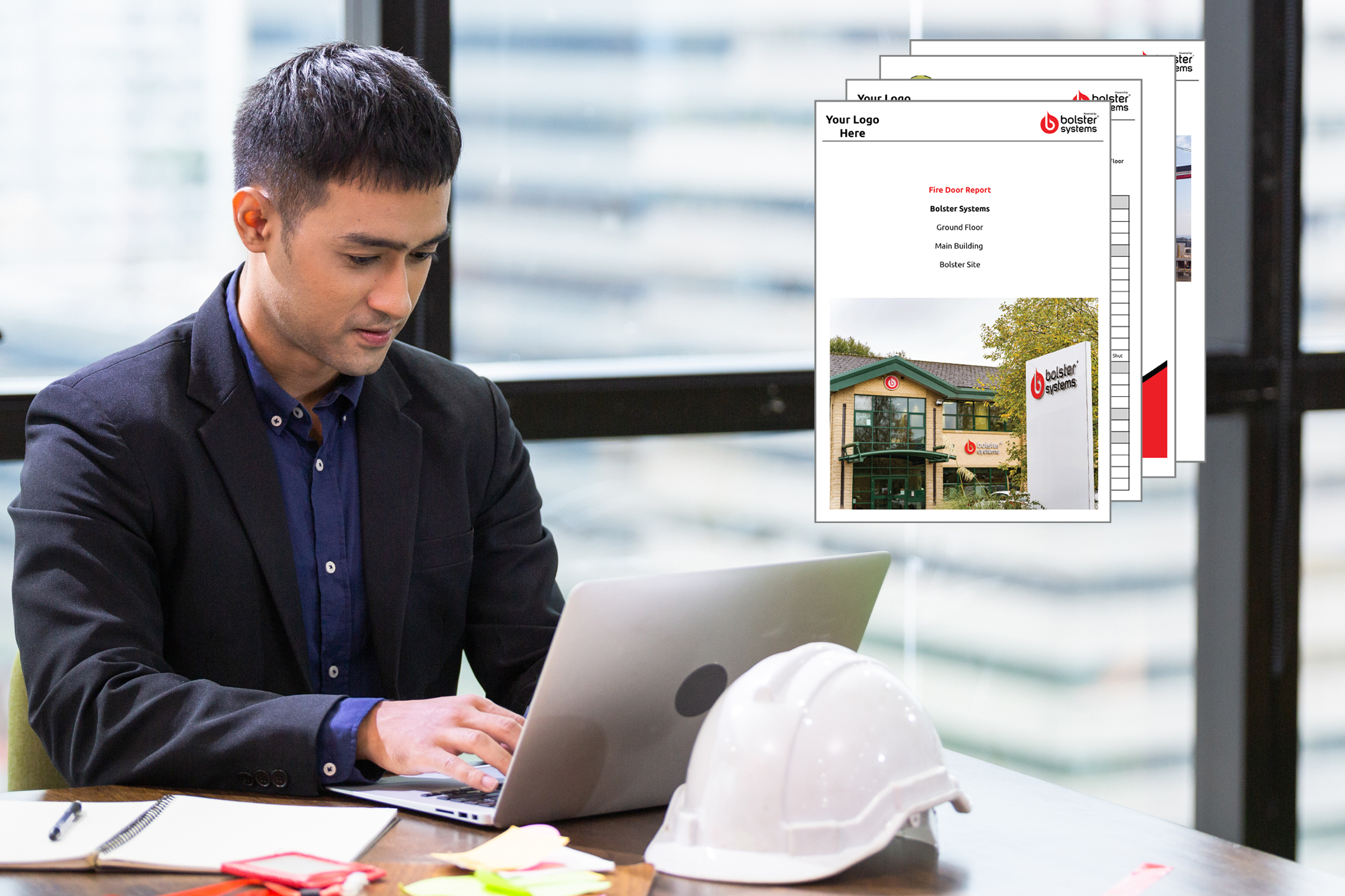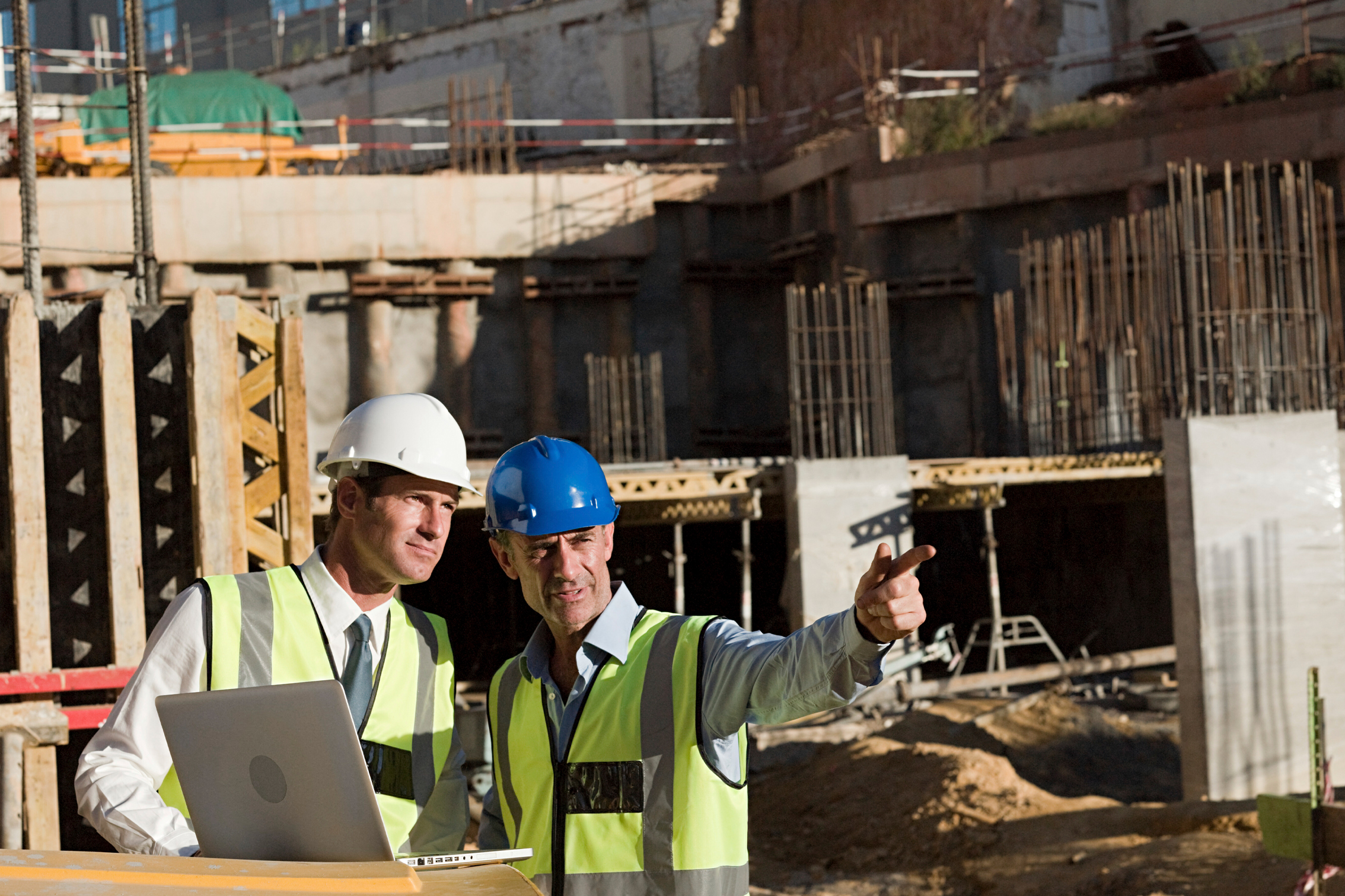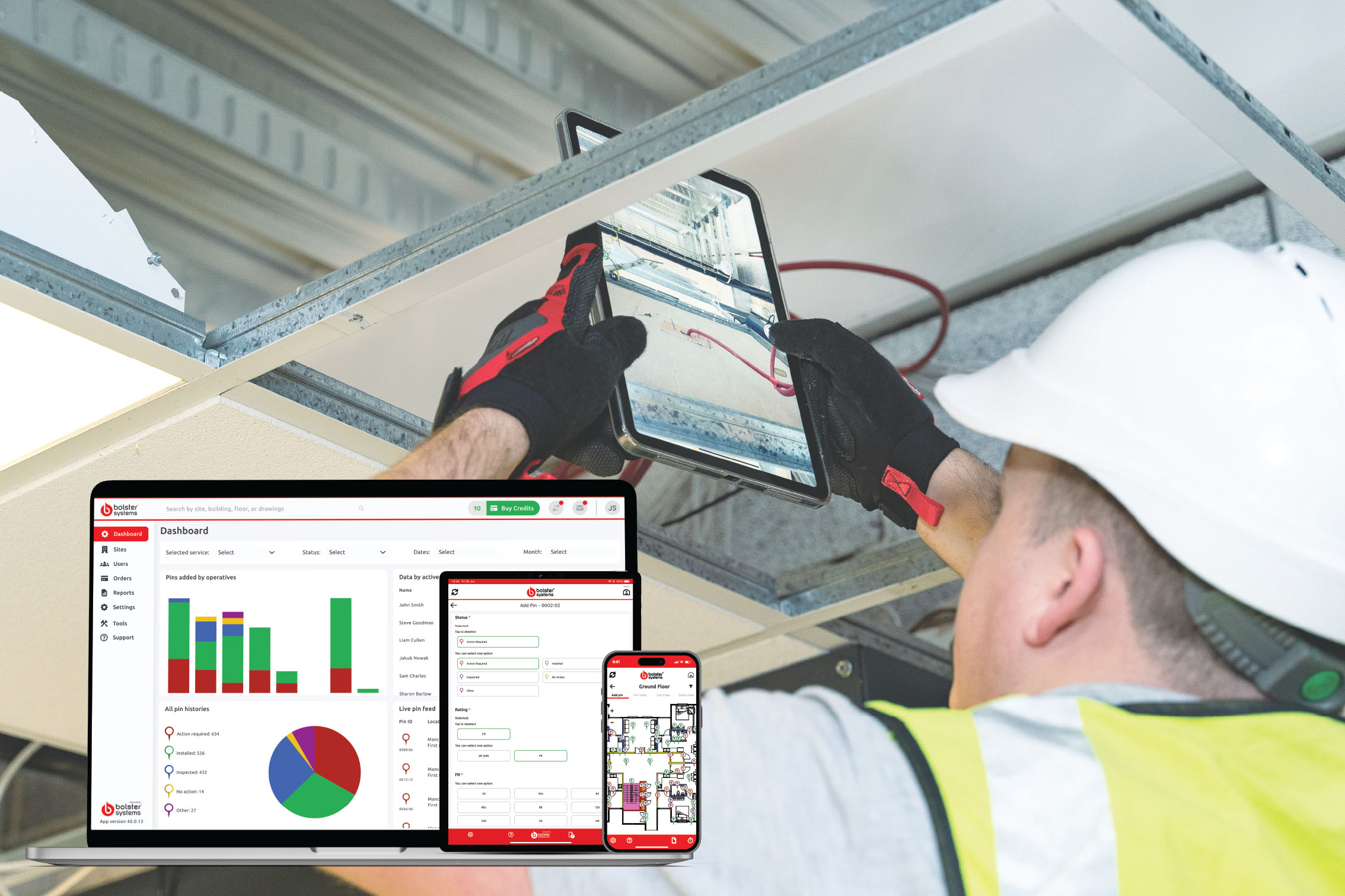The Digital Revolution in Building Compliance & Why Manual Processes Are Holding You Back

The building compliance industry is experiencing a digital revolution, and for good reason. The traditional methods of managing compliance—paper forms, spreadsheets, and scattered communication—are no longer sufficient in an era where efficiency and accuracy are paramount. Yet, many organizations still cling to these outdated processes, often without realizing how much they’re holding themselves back.
Let’s start with the challenges of manual compliance management. Picture a typical day for a facilities manager overseeing compliance across several buildings. Inspections need to be scheduled, reports need to be filed, and maintenance tasks need to be assigned—all while staying up to date with evolving regulations. Now imagine trying to juggle all of this using paper logs and disjointed systems. It’s a recipe for inefficiency and, worse, mistakes.
This is where the digital revolution is changing everything. Building compliance software eliminates the chaos of manual processes by creating a single, centralized platform for managing compliance activities. With tools like automated reminders, real-time reporting, and cloud-based documentation, facilities teams can focus less on administrative tasks and more on ensuring safety.
One of the most significant advantages of going digital is the reduction in human error. Let’s face it—when compliance depends on handwritten notes or spreadsheets, things can easily slip through the cracks. Dates can be entered incorrectly, forms can go missing, and follow-ups can be forgotten. Building compliance software not only minimizes these risks but also creates a robust audit trail, so you’re always prepared to demonstrate compliance when it matters most.
But the benefits don’t stop there. Digital compliance tools are designed to adapt to the unique needs of modern buildings. For example, imagine managing fire safety in a high-rise office block. With manual methods, coordinating inspections for fire doors, emergency lighting, and sprinkler systems can be a logistical nightmare. Software streamlines this process, enabling you to schedule and track inspections with ease, even across multiple floors or properties.
Let’s talk about scalability, too. As organizations grow, so do their compliance needs. Expanding your operations often means managing more properties, more equipment, and more regulations. Manual processes simply can’t keep up. Building compliance software, on the other hand, scales effortlessly, allowing you to manage hundreds of buildings with the same level of efficiency as you would a single property.
And then there’s the matter of staying current with regulations. Compliance laws are not static—they change frequently to address new risks and technologies. Keeping up with these changes manually is a constant uphill battle. Digital platforms like Bolster Systems are updated regularly to reflect the latest standards, ensuring that you’re always compliant without needing to micromanage updates.
Ultimately, the shift from manual processes to digital solutions isn’t just a trend—it’s a necessity for organizations that want to remain competitive, efficient, and, most importantly, safe. By embracing building compliance software, you’re not just upgrading your tools; you’re transforming the way you work.
If your team is still bogged down by the inefficiencies of manual compliance management, it’s time to make a change. The digital revolution is here, and it’s time to be a part of it.





































